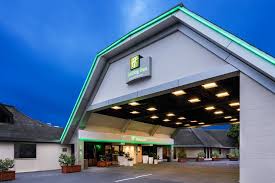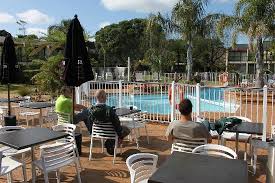Venue & Hospitality
Welcome to the Official Attendee Housing Site for the 7th Annual Congress on Plant Science and Molecular Biology, scheduled at Auckland, NewZealand
Accommodations will be provided at Conference Venue
Holiday Inn Auckland Airport
153 Kirkbride Rd, Mangere Auckland 2022,NewZealand
Conference Dates: August 14-15, 2019
Hotel Services & Amenities
- Audio/Visual Equipment Rental.
- Business Center.
- Business Phone Service.
- Complimentary Printing Service.
- Express Mail.
- Fax.
- Meeting Rooms.
- Office Rental.
- Photo Copying Service.
- Secretarial Service.
- Telex.
- Typewriter.
- Video Conference.
- Video Messaging.
- Video Phone.
- ATM.
- Baggage Storage.



Transportation
Driving Directions to
Yellow Bus Available at the waiting areas outside door 3 of Domestic Arrival Airport and across door 6 of International Arrival Airport. Travel time: 15 minutes Approximate Cost: NZD$6.00 each way Frequency: Every 20 mins (exception from 2Am to 3AM) Ticket: 1) Can be purchased at the ticket machines outside the airport terminal building 2) Online Booking at www.yellowbus.co.nz 3) Naumi Hotel Auckland Airport’s reception desk
Route Map
About City
